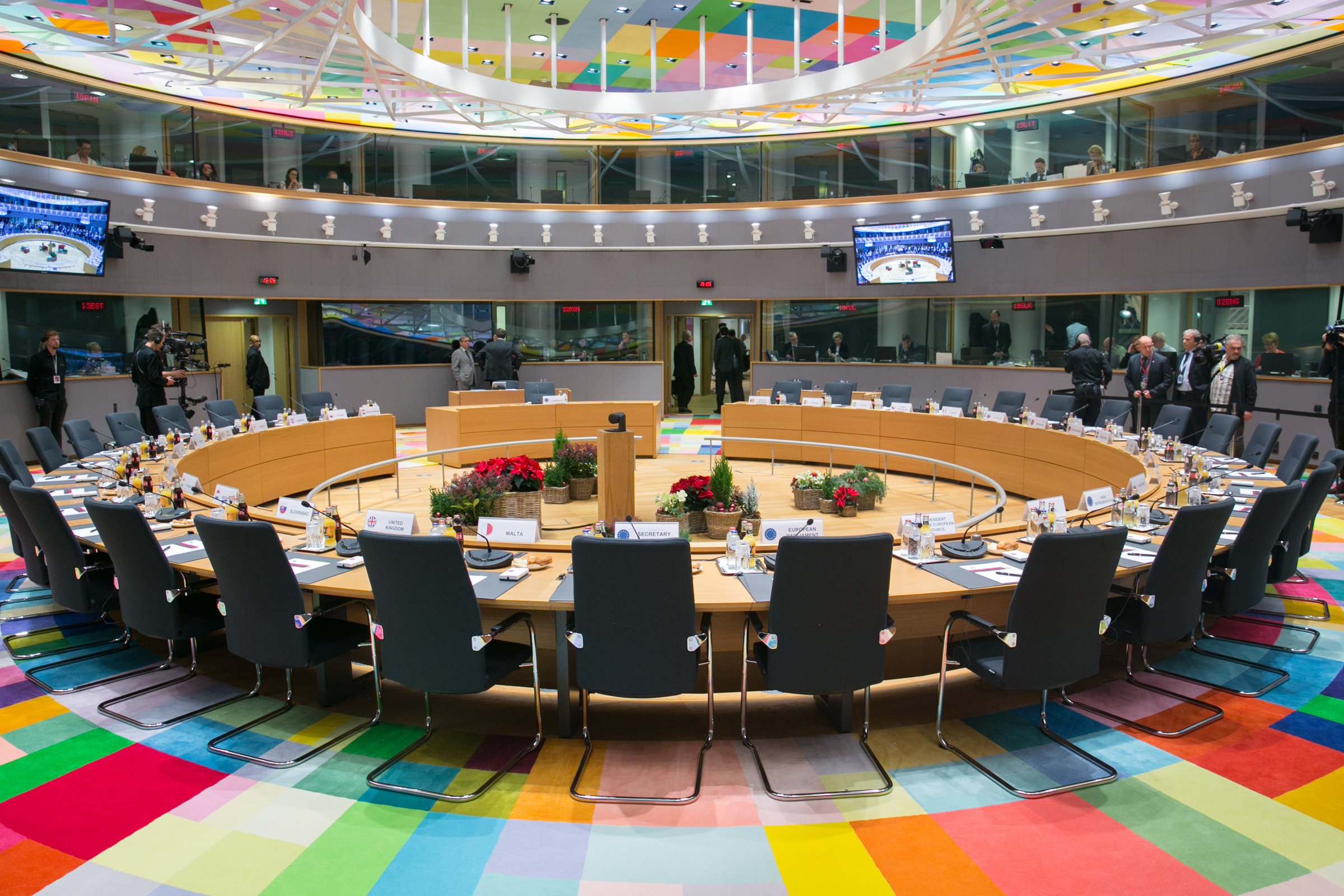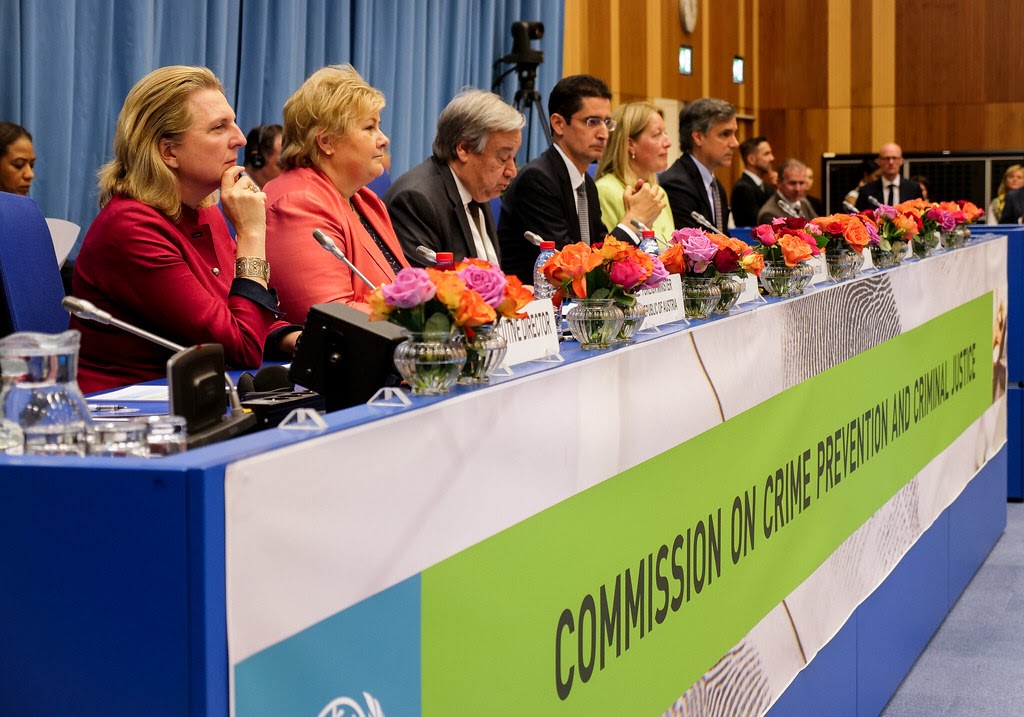Introduction to Model United Nations
IntroductionModel United Nations, as you might have guessed from the name, traditionally involves the simulation of any one of the dozens of bodies that make up the eponymous international organization. It has grown far beyond this original framework and now includes simulations of everything from General Assembly organs like the United Nations Social, Humanitarian, & Cultural Committee (SOCHUM) to regional supranational bodies like the European Union (EU) to cabinets, corporate boards, and more! Delegates from around the world travel to participate in MUN conferences where they simulate one of dozens of committees and work with one another to solve the major problems of the world. Why do MUN?MUN offers an unparalleled chance to develop skills in public speaking, international relations, and diplomacy. Delegates from around the country and around the world travel to participate in conferences like MUNUC, making these great places to meet new people and make new friends. For students interested in pursuing politics or international relations, simulating international or national bodies offers valuable insight into the decision-making process of top leaders. For those interested in a STEM field, many MUN committees consider issues of technology, medicine, bioethics, and more in a manner that is often overlooked in the classroom.
|
Our Committee Types
Traditional

Traditional committees simulate bodies seeking to solve a single issue by writing a resolution. This category includes General Assemblies, Economic and Social Councils, and Specialized Agencies. Many Regional Bodies also fall under the traditional categorization. They generally (but not always) focus on issues in the present day and address them through well-researched, negotiated solutions. Delegates on traditional committees represent countries and should consider the issues of a committee from the perspective of these countries. These are typically some of the larger committees at a MUN conference, often involving several hundred delegates.
Examples: DISEC, UN Environmental Program, World Trade Organization
Crisis

Crisis committees simulate rapid-responses to urgent issues by smaller bodies like cabinets, campaigns, corporate boards, and more. Unlike traditional committees, crisis committees feature delegates representing individuals. Instead of representing the entire nation of Uzbekistan on the World Health Organization, for example, a delegate may be representing Uzbekistan’s Chief of the Air Force on a simulated Cabinet of Uzbekistan from 1991. Where delegates in traditional committees address one topic through a single resolution, crisis delegates will pass shorter directives on many different issues over the course of the weekend. Additionally, delegates in crisis committees will work to advance their personal agenda by writing crisis notes. Crisis committees are typically the smallest committees at a MUN conference, averaging around 25 delegates each.
Examples: General Motors Board of Directors (1950), Cabinet of Timor Leste (2002), Roman Republic (1849)
Hybrid

Hybrid committees blend different mechanics from traditional committees and crisis committees. While each hybrid committee is different, they generally focus on many different issues over the course of the conference, often going into greater depth on one or two main topics. Depending on the committee, delegates may write notes, directives, or other crisis documents to advance personal agendas or committee goals. Hybrid committees vary greatly in size from just over 20 delegates to 200 delegates.
Examples: UN Security Council, National American Woman Suffrage Association (1890), Russian Duma (1917)
Basic Rules & Procedure
Introduction to Parliamentary Procedure
All Model UN committees follow Parliamentary Procedure, a set of rules and conventions governing the flow of debate. While Parliamentary Procedure, or “Parli Pro,” may seem strange and unfamiliar at first, with a little bit of practice, you will adapt to it easily. Below, you will find a list of some of the most important points and motions. A more detailed discussion of Rules & Procedures, including a complete list of points and motions, can be found in the Rules & Procedures Module.
Points
- Point of Inquiry: Used to raise a procedural question when nobody else is speaking
- Point of Personal Privilege: Used if a delegate is impaired from participating in some way
- Right of Reply: Used if a delegate is insulted ad-hominem in a speech as a chance to reply
Motions
- Motions for a Moderated Caucus: The motion for proposing structured debate on a topic. Can be extended by up to half of their original length upon concluding. The person proposing the motion can opt to speak first or last when the motion passes.
- Motions for an Unmoderated Caucus: The motion for proposing informal discussion. Typically used to discuss solutions in a more casual manner and write documents in a group setting. No topic needed.
- Motion to Introduce Working Papers/Draft Resolutions/Directives: Motion to read the documents that have been accepted by the dais.
- MMotion to Move into Voting Procedure: With the documents introduced and debate completed, this motion initiates voting procedure. If this motion is adopted, delegates are able to vote in favor, vote against, or abstain from voting on each document. Often proposed with one or two speakers for/against each document.
Speeches
Once debate is opened, traditional committees will typically begin with something called the Speaker’s List. The Speaker’s List is an opportunity for delegates to give opening remarks on the topic or, in certain committees, weigh in on which topic committee should debate. After finishing a speech for the Speaker’s List in less time than allotted, a delegate can opt to yield their time. Delegates can yield their time to the chair, meaning they simply end their speech early and return to their seat, or to points, allowing other delegates to raise questions about the content of their speech. After committees spend some time on the Speaker’s List, delegates will be able to raise other motions, allowing the committee to proceed to moderated caucuses and eventually unmoderated caucuses. In moderated caucuses, speeches are given in much the same way as on the Speaker’s List, however delegates do not yield their time. In crisis and other non-traditional committees, the Speaker’s List will generally not be used. Rather, committees will immediately enter into moderated caucuses and other forms of regular debate. At that point, speeches will generally proceed as they do with traditional committees. If you are interested in giving a speech, you should raise your placard in the air when the chair or moderator asks if any delegates are interested in speaking.
Committee Flow
Note: For the sake of simplicity, this section will concern committee flow in traditional committees. For information on non-traditional committees, please go to the “Crisis Committees” module.
NIf a committee has two topics, then it will begin with a brief debate over which topic delegates will debate. Delegates will then vote on the topics, with the topic receiving more votes unsurprisingly being the one that committee will discuss. In general, committees will only have time to fully consider one of the two topics. With the topic chosen, delegates will give their opening speeches, beginning to articulate their positions on the issue. After a fair number of delegates have the chance to speak, a committee will generally enter into an unmoderated caucus, during which delegates will be able to begin talking to one another and forming semi-formal working groups known as blocs. The cycle of several moderated caucuses followed by an unmoderated caucus generally continues for much of the weekend. Early unmoderated caucuses afford delegates the chance to think about who they want to work with to develop solutions to the problem, while later ones see these blocs solidify as they begin to write Working Papers. Working Papers are the first documents that delegates will write with their proposed solutions. At a certain point in committee, Working Papers will be due, and the chair will allow them to be introduced to the committee. This generally involves reading the working papers followed by authors of the paper answering questions in a Q&A period. Once all Working Papers are introduced, delegates will begin transitioning them into Draft Resolutions. This process can involve anything from changing working papers in accordance with suggestions from committee staff or other delegates, or, quite commonly, merging Working Papers with other delegates. Before the end of the committee, delegates will introduce Draft Resolutions in a similar manner to Working Papers. Then, the entire committee will vote on the Draft Resolutions, and any Draft Resolutions that pass will be adopted as Resolutions.
Glossary of Terms
General Terms
- Abstentions: Opting not to vote on a given matter. A delegate may abstain from voting on any non-procedural matter. Abstentions are not counted as votes in favor nor votes opposed to a given proposal.
- Assistant Chair Committee staffers serving a variety of functions to ensure that the conference operates smoothly. Assistant Chairs, often called “ACs,” will provide delegates with feedback, answer questions, and, in crisis committees, respond to notes and give updates.
- Bloc: A group of delegates working together in a committee. Delegates in a single bloc will typically be collaborating on a single working paper or draft resolution.
- Chair: The person in charge of a committee. In non-traditional committees, a Crisis Director will lead the committee along with the Chair.
- Clause One of the written prescriptions in a final MUN document. Think of a clause as a building block of a working paper/draft resolution/resolution.
- Committee The body that delegates are simulating. The term can also be used to refer to the collective group of delegates or as shorthand for the block of time known as the committee session
Traditional-Side Terms
- Draft Resolutions: Opting not to vote on a given matter. A delegate may abstain from voting on any non-procedural matter. Abstentions are not counted as votes in favor nor votes opposed to a given proposal.
- Operative Clause: A type of clause describing actions or prescriptions. Operative clauses generally make up the bulk of a document and detail the solutions that delegates seek to implement.
- Pre-ambulatory Clause: A type of clause found at the beginning of a document providing recognition of historical background or principles on the topic without providing a solution.
- Question and Answer: A period following introduction of a working paper or draft resolution during which delegates can ask the authors of the document about specific clauses.
- Resolution: One of the written prescriptions in a final MUN document. Think of a clause as a building block of a working paper/draft resolution/resolution.
- Working Paper: The first documents that delegates will write with their proposed solutions. Working Papers are typically written in clause form
- Yield: If a delegate has additional time remaining on a speech given from the Speaker’s List, they must yield the remaining time. Delegates can yield their time to the chair, meaning they simply end their speech early and return to their seat, or to points, allowing other delegates to raise questions about the content of their speech.
Crisis Terms
- Arc: The broad plan for an assigned crisis character over the course of the weekend.
- Back Room: The world beyond the crisis committee. The back room encompasses note responses and updates that incorporate people and elements not represented by delegates in a committee.
- Crisis Director: Runs a crisis committee along with the chair. Crisis Directors, or “CDs,” oversee the note responses and updates that make up the back room.
- Crisis Update (or break): The main way that committee is pushed forward. They generally consist of a few committee staffers entering the room as different characters. They will deliver information that a committee will have to address through directives.
- Directive: The actionable documents adopted by crisis committees. Directives will generally be shorter than traditional resolutions, and they will contain more explicit steps that will be taken.
- Front Room: The committee room itself. Front room includes delegate speeches and directives.
- Note: Written communications passed between crisis delegates and the back room. Notes can have a variety of goals but generally should seek to advance some agenda through covert means.
